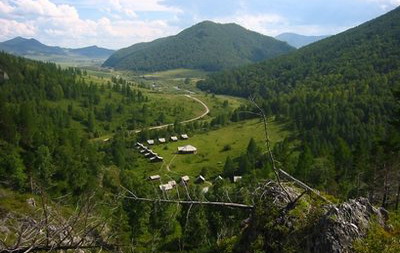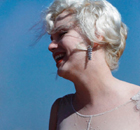Science and Health
New ancestor? Scientists ponder DNA from Siberia
(Agencies)
Updated: 2010-03-25 13:15
 |
Large Medium Small |
|
|
NEW YORK - In the latest use of DNA to investigate the story of humankind, scientists have decoded genetic material from an unidentified human ancestor that lived in Siberia and concluded it might be a new member of the human family tree.
The DNA doesn't match modern humans or Neanderthals, two species that lived in that area around the same time -- 30,000 to 50,000 years ago.
|
||||
So the Siberian species may be brand new, although the scientists cautioned that they're not ready to make that claim yet.
Other experts agreed that while the Siberian species may be new, the case is far from proven.
"We really don't know," said Ian Tattersall of the American Museum of Natural History in New York, who wasn't involved in the new research.
But "the human family tree has got a lot of branchings. It's entirely plausible there are a lot of branches out there we don't know about."
The discovery "is like many new finds," said Eric Delson of Lehman College of the City University of New York, who didn't participate in the new work. "You say, `I think this is different, but I'm not sure.' And then you look for more material and you try to make better comparisons."
The researchers, who say the Siberian species is not a direct ancestor of modern-day people, hope further genetic analysis will show if it's a new species. Some experts are skeptical about whether such analysis will resolve that.
In any case, the finding emphasizes that quite unlike the present day, anatomically modern humans have often lived alongside their evolutionary relatives, one expert said.
"We weren't alone," said Todd Disotell of New York University, who was familiar with the new work. "When we became modern, we didn't instantly replace everybody. There were other guys running around who survived quite well until very, very recently."
Just last month, other researchers used DNA analysis to show the genetic diversity still present in residents of Africa, the cradle of the human race. And another project produced the first genome of an ancient human -- a man who lived in Greenland some 4,000 years ago.











